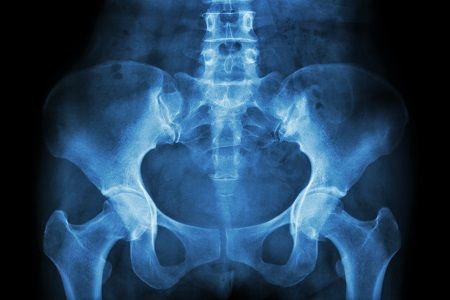Merck Pulls the Plug on Osteoporosis Drug Despite Reduced Osteoporotic Fractures
Merck & Co., Inc. has spent years on clinical trials in hopes of submitting odanacatib to the US Food and Drug Administration (FDA) for the treatment of osteoporosis. Unfortunately, the process ends here.

Merck & Co., Inc. has spent years on clinical trials in hopes of submitting odanacatib to the US Food and Drug Administration (FDA) for the treatment of osteoporosis. Unfortunately, the process ends here.
Odanacatib is a selective oral inhibitor of cathespin K and a study presented at The North American Menopause Society 27th Annual Meeting (NAMS 2016) in Orlando, Florida showed positive results for fractures. Despite this, the company has pulled the plug.
“We are disappointed that the overall benefit-risk profile for odanacatib does not support filing or further development,” president of Merck Research Laboratories, Roger M. Perlmutter, MD, PhD, said in a company statement.
In the phase 3 Long-Term Odanacatib Fracture Trial (LOFT) highlighted at NAMS 2016, researchers looked at 12,290 women ages 65 and older. All of the participants either had a bone mineral density (BMD) T-score of <-2.5 at total hip or femoral neck, or radiographic vertebral fracture and T-score of <1.5 at total hip or femoral neck. Almost half of the women had prior radiographic vertebral fracture (VFx).
- MD Magazine is on Facebook, Twitter, Instagram, and LinkedIn!
The patients were randomly assigned to receive odanacatib 50mg per week or placebo (6,092 and 6,198 women, respectively). Vitamin D3 (5,600 IU per week) and calcium were given as required as well. A total of 8,257 entered the extension study period. The average follow-up period was about 44 months.
“Compared with placebo, odanacatib treatment over five years resulted in relative risk reductions of 52% for morphometric VFx, 48% for hip fracture, 26% for non-VFx, and 67% for clinical VFx,” the report said. At five years, odanacatib led to a progressive average increase of 10.9% for BMD and 10.3% for total hip.
The data determined that adverse events and serious adverse events were similar in the treatment and placebo groups (88.3% vs. 88.2% and 30.3% vs. 30.4%, respectively). Deaths were also similar (378 women vs. 327 women).
However, the Merck statement said that stroke events are what has stopped seeking regulatory approval.
“We have learned that odanacatib treatment reduces the risk of osteoporotic fractures. At the same time, we believe that the increased risk of stroke in our phase 3 trial does not support further development,” Perlmutter said.
Also on MD Magazine >>> More News from NAMS 2016 in Orlando